Have you ever wondered what the world looks like through your cat’s eyes? The secret world of feline vision is far more mysterious and surprising than most people realize. While we’re busy admiring our cats’ enchanting stares, they’re experiencing a reality that’s almost magical—one filled with colors, contrasts, and superpowers we can only dream of. Grab your curiosity and let’s unlock the fascinating secrets of cat vision that will make you see your furry friend in a whole new light!
Cats See in Near Darkness
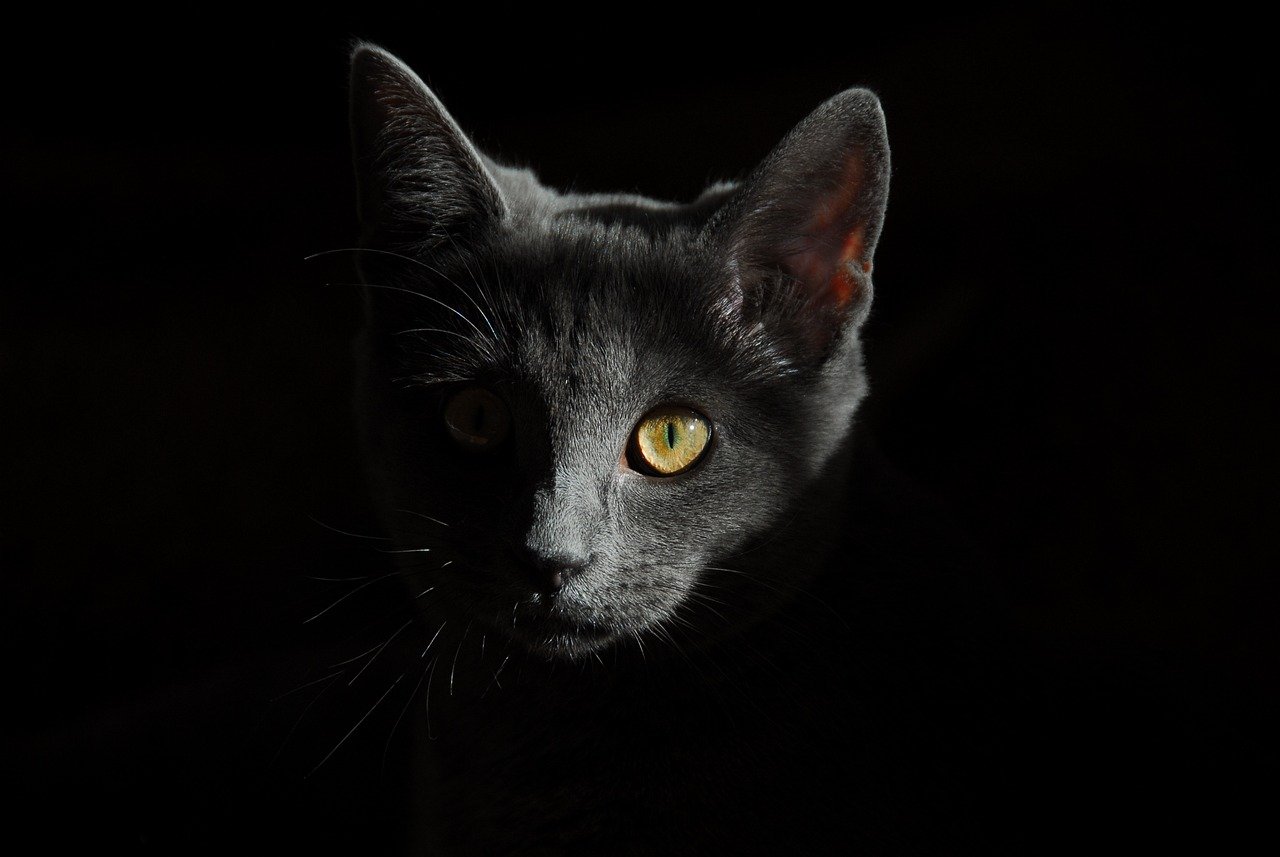
Imagine being able to stroll through your house at midnight without a single light on and never bump into anything. For cats, this isn’t a fantasy—it’s reality. Cats’ eyes are designed to catch even the tiniest hint of light, making them masters of the dark. Their retinas contain a high number of rod cells, which are extremely sensitive to low levels of light. This means they can see up to six times better in the dark than humans. So, the next time you see your cat prowling confidently at night, remember: they’re navigating with ease, practically seeing in the dark where we’d be hopelessly lost.
Cats Don’t See the World in Black and White
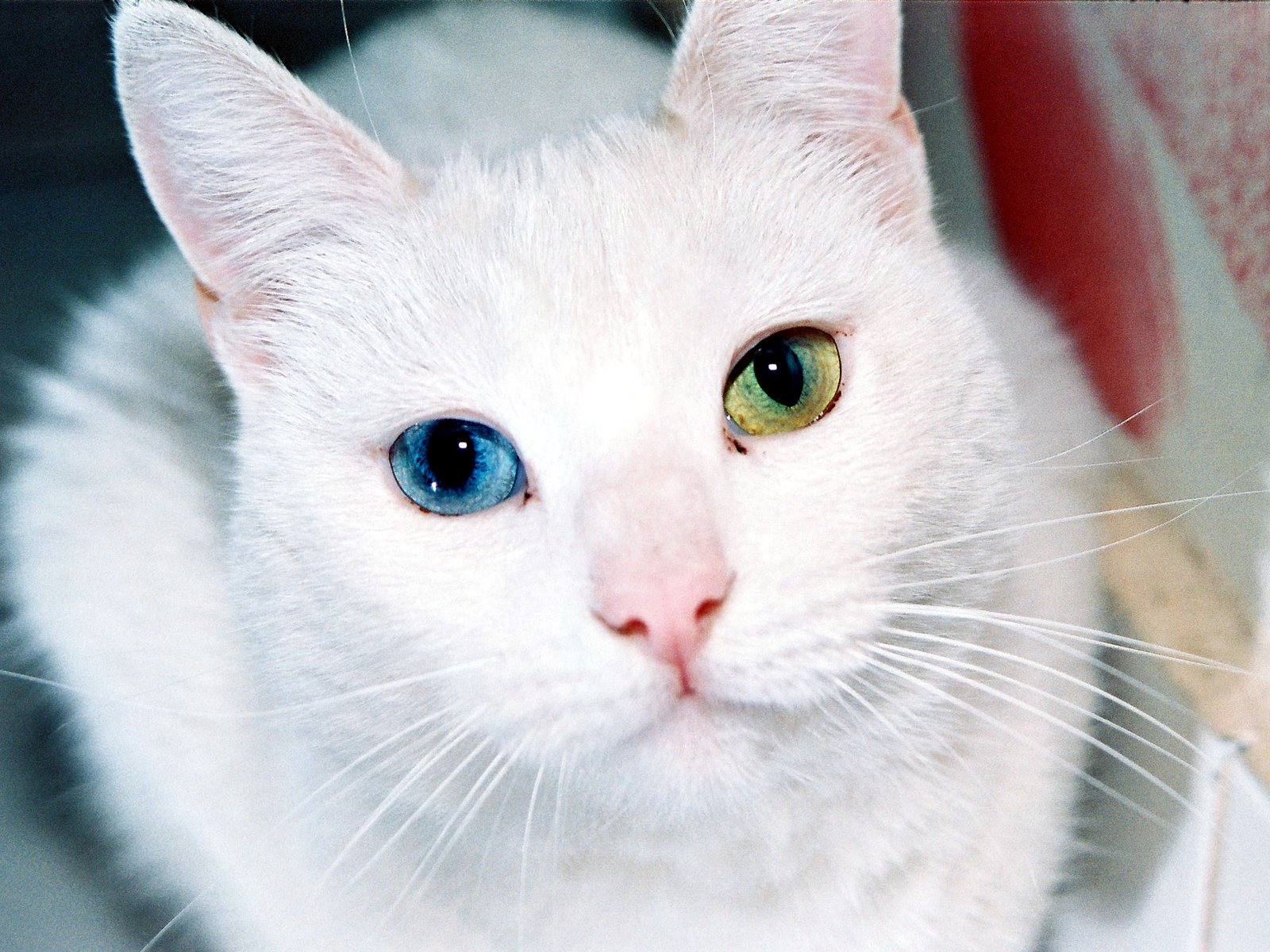
It’s a common myth that cats only see in black and white, but this couldn’t be further from the truth. While their color vision isn’t as vibrant as ours, cats can see shades of blue and green. Reds and pinks, however, appear more like gray or muted brown to them. Think of their world as a softly colored watercolor painting, not a dull black-and-white movie. This unique color palette helps them spot moving prey against green grass or blue skies, blending practicality with beauty in their everyday vision.
Their Eyes Glow for a Reason
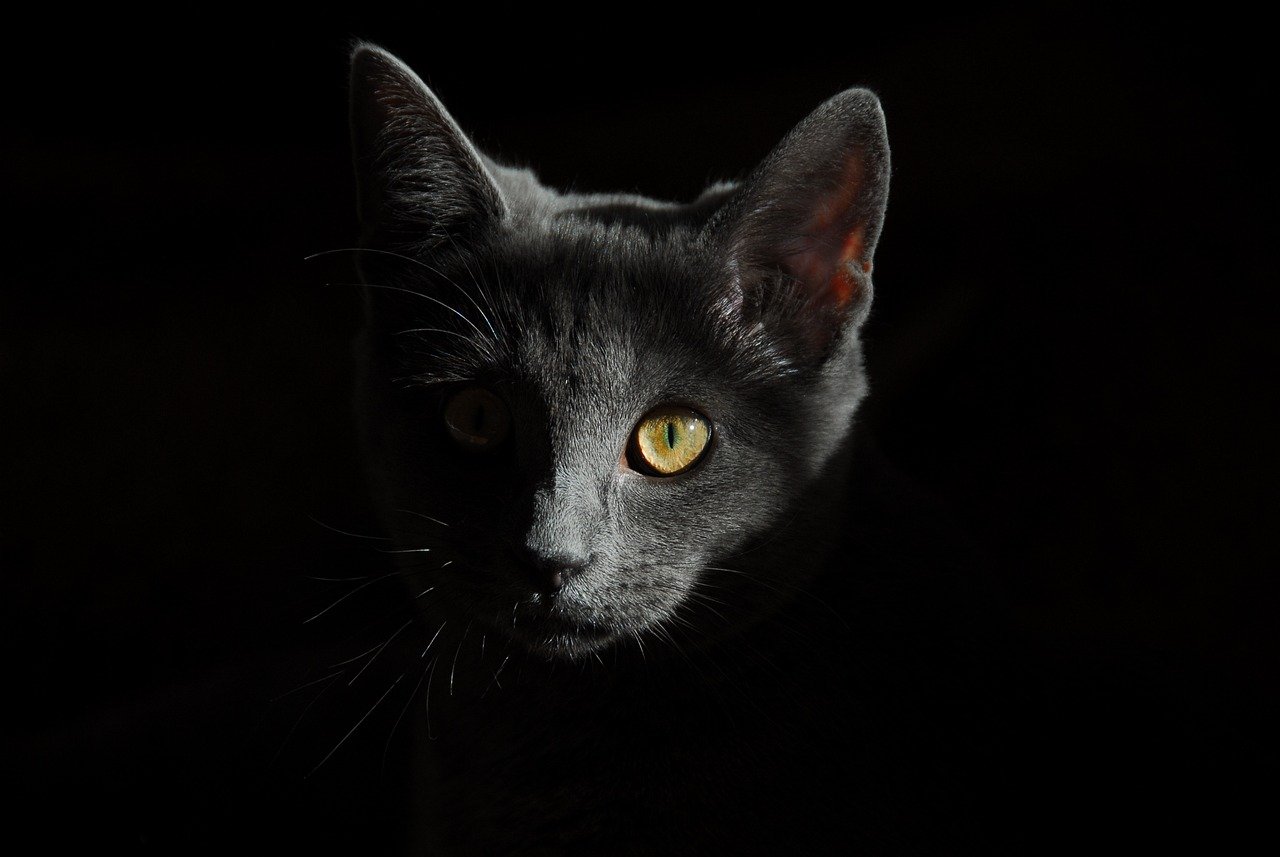
You’ve probably been startled by your cat’s glowing eyes in a dark room. This isn’t just a spooky effect—it’s actually a superpower. Cats have a special layer behind their retina called the tapetum lucidum, which reflects light that passes through the eye back into the retina. This gives them a second chance to register light, boosting their night vision. It’s like having built-in headlights, making it much easier for them to hunt or explore at night. Next time you catch that eerie glow, know you’re witnessing nature’s own night-vision technology in action.
Cats Have a Wider Field of View
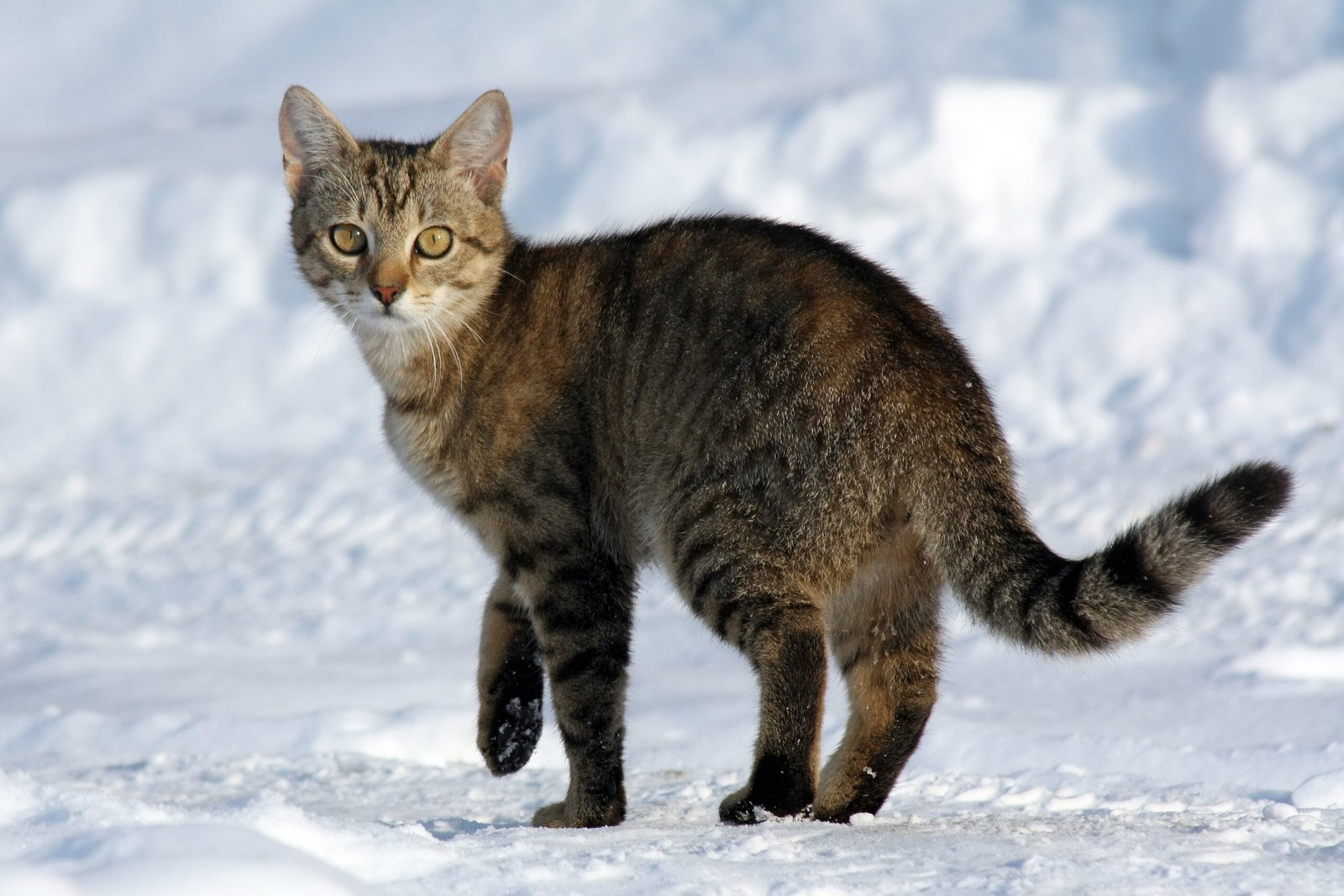
Ever feel like your cat is watching everything at once? That’s because they practically are. Cats have a field of vision around 200 degrees, compared to our 180 degrees. This wide-angle view allows them to monitor their surroundings and spot movement from the corner of their eye. It’s a crucial survival trait for both hunting and staying out of danger. Picture your cat as a tiny security camera, always surveying the scene for anything out of the ordinary.
Motion Detection is Their Specialty
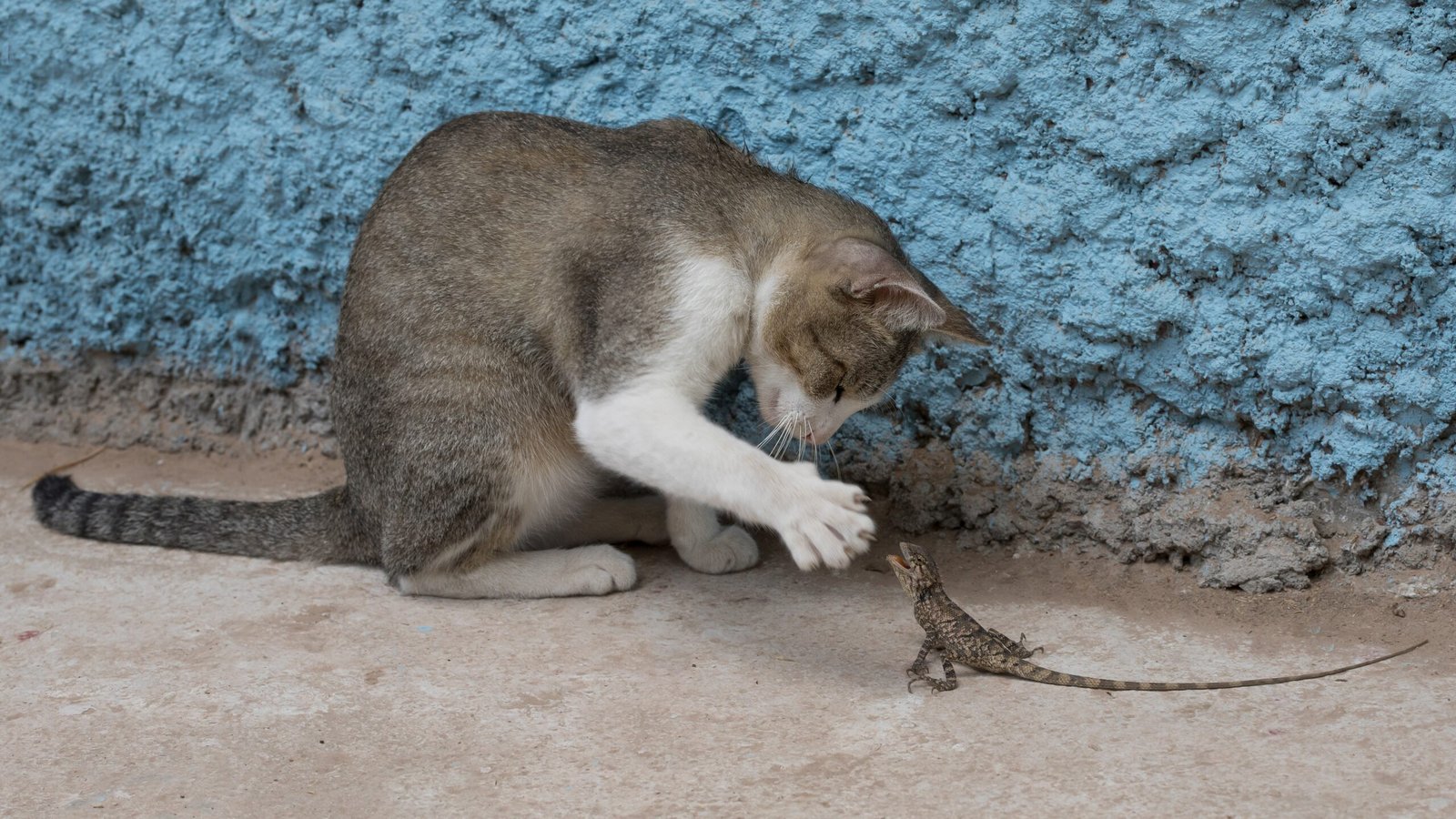
Cats are experts at detecting even the slightest movement. Their eyes are wired to pick up on things that are moving much better than things that are still. This is because their retinas have more rod cells than cone cells, making them ultra-sensitive to motion, especially in dim light. This means a twitching tail or a scurrying mouse stands out sharply, while a stationary object may go unnoticed. That’s why your cat may pounce on a moving toy, but ignore it once it stops.
Cats Are Nearsighted
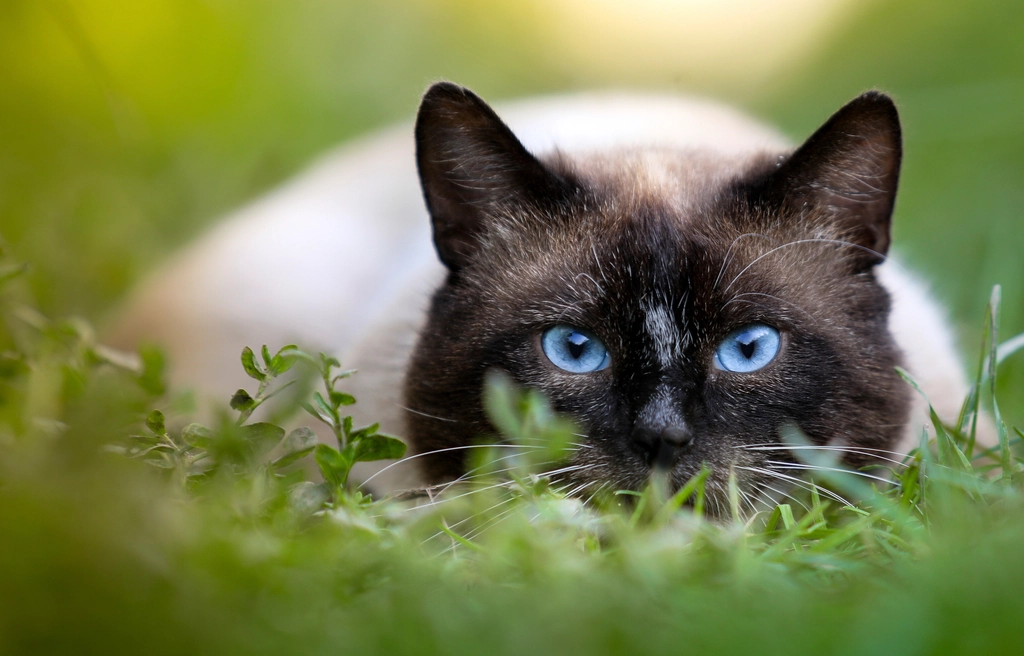
If you’ve ever waved at your cat from across a large room and gotten no response, it’s not because they’re ignoring you—well, not always. Cats are naturally nearsighted, which means they see things more clearly up close than far away. Objects that are farther than 20 feet tend to blur for them. However, this nearsightedness is actually beneficial for a predator; it helps them focus on tiny movements and details while stalking prey. So, your cat’s “ignoring” you might just be a case of blurry vision—not attitude!
Their Pupil Shape is Unusual
One of the most striking features of a cat’s eyes is their vertical, slit-shaped pupils. Unlike our round pupils, this shape allows cats to control the amount of light entering their eyes with incredible precision. On bright days, their pupils shrink to narrow slits to protect their sensitive retinas. In the dark, their pupils open wide, letting in as much light as possible. This unique adaptation is part of what makes their vision so powerful and mysterious.
Cats Blink Differently
Have you noticed that your cat doesn’t blink as much as you do? Instead, they often give you a slow, deliberate blink. This isn’t just a quirky habit—it’s part of how their eyes are built. Cats have a third eyelid, called a nictitating membrane, which sweeps across the eye to keep it moist and clear of debris. This means they don’t need to blink as often. And those slow blinks? They’re actually a sign of trust and affection, like a gentle “I love you” in cat language.
They Have a Built-In Sunglasses Effect
Bright sunlight can be uncomfortable for cats, but their eyes have a clever way of coping. The vertical slit pupils, combined with the ability to narrow their eyes, act almost like a built-in pair of sunglasses. This adaptation protects their sensitive retinas from harsh light and helps them see clearly even on sunny days. So, when your cat squints at you in a sunbeam, they’re not annoyed—they’re just adjusting their vision to the light.
Kittens Are Born With Blue Eyes
One of the most enchanting sights is a litter of kittens, all with bright blue eyes. But did you know that all kittens are born with blue eyes, regardless of their adult eye color? As they grow, melanin develops in their irises, causing their eyes to change to their permanent color over a few weeks. Watching a kitten’s eyes shift from baby blue to their true shade is a magical reminder of how quickly they grow and change, right before our eyes.

Esther is from India; the heartbeat of South Asia, holding a Master’s degree in Zoology and a postgraduate diploma in Animal Welfare. Her enthusiasm for animal welfare drives her passion and dedication to working for animals, ensuring their well-being, and advocating for their rights. With a solid academic background and hands-on experience, she is committed to making a positive impact in the field of animal welfare. In her free time, she enjoys embroidery and sewing. As a Chennaite from Tamil Nadu, Esther loves Bharathanatyam, an Indian classical dance form.





